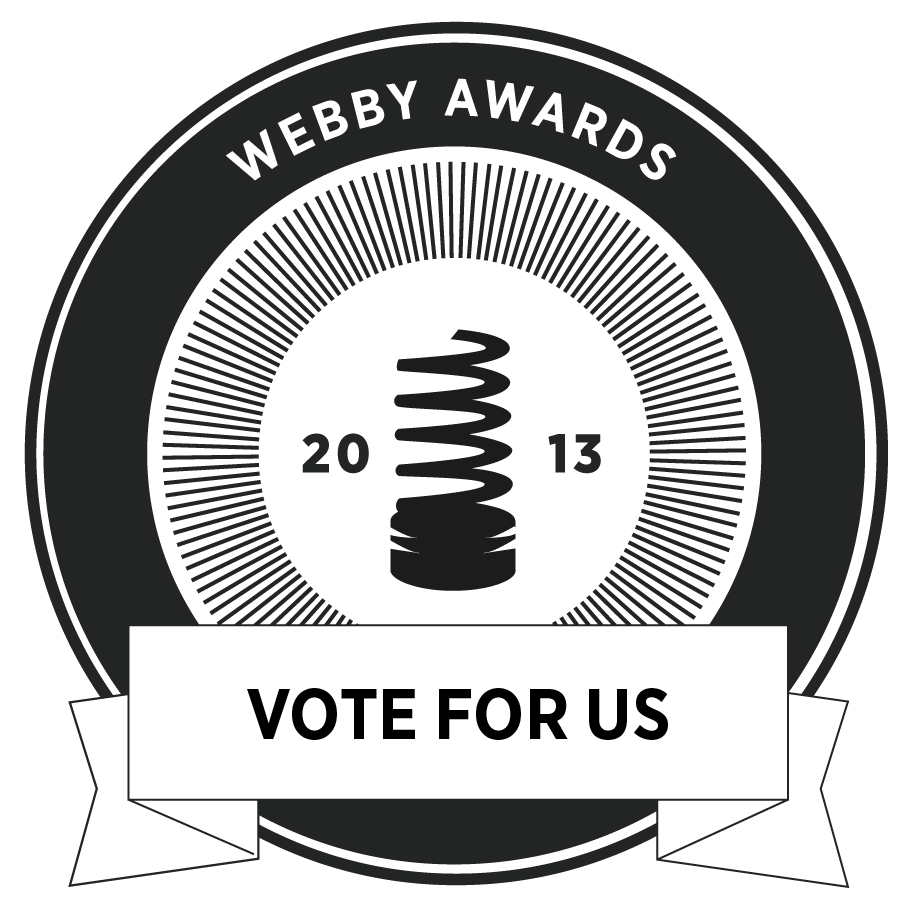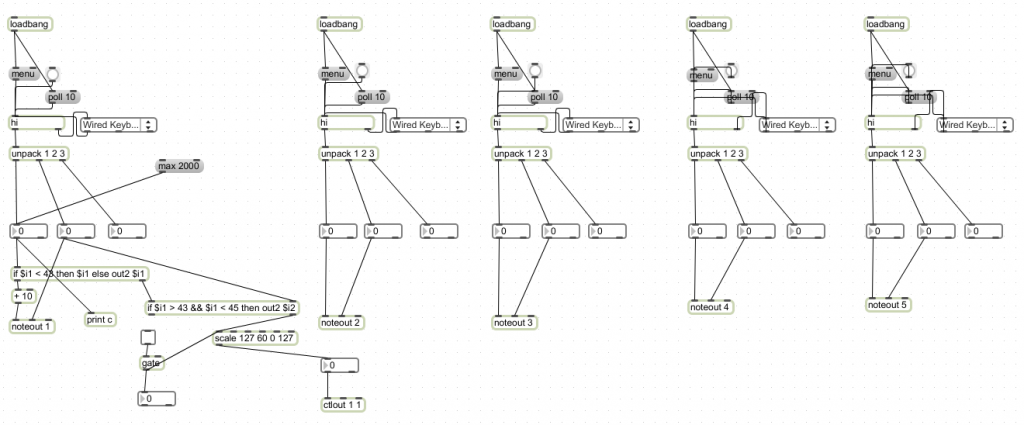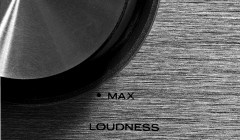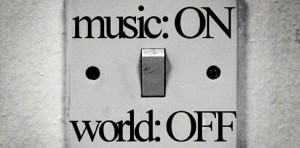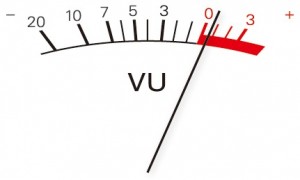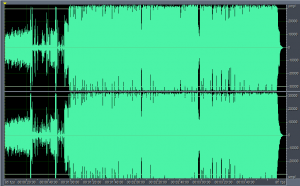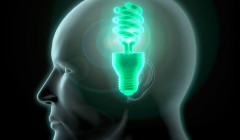Writer’s block is a well-documented problem that has troubled creative professionals throughout history and music professionals are no exception (Clark, Irene). There are countless exercises and techniques which aim to help overcome this issue but even after these resources are exhausted, we still sometimes find that inspiration is short-lived, if present at all.
Unfortunately, it is highly likely that writer’s block is an issue we will never be able to fully understand or control. The main reason why is simple; because we are human. Our brain chemistry is without doubt an unpredictable force and influence on our mood and, therefore, how creative we feel. The brain and its chemical make-up is a profoundly complex matter and it is important to note that no-one fully understands the human mind and exactly how our brain chemistry works. However, this does not have to stop us from taking advantage of what the current and latest evidence suggests. A slightly more detailed understanding of our brain chemistry can actually help to stimulate creativity more than we might think.
It is widely believed that certain notable brain chemicals are essential in order to stimulate creativity. Therefore the key to feeling inspired is partly down to obtaining the right balance of these chemicals…

Noradrenaline
Noradrenaline is a chemical that can be seen to have influenced the way we function since the very beginning of our existence. It is one of the so-called ‘fight or flight’ hormones that are known to be triggered by stress and anxiety (The Hormone Foundation). In more primitive times, these chemicals prepared us to either fight or run away and escape from a threat or attack.
In the modern world, stress can severely prevent us from being creative. One way to combat stress is by simply re-labeling ‘stress’ and calling it ‘drive’. You might have noticed that when you feel driven and inspired, your physical responses (e.g. heart beat, breathing and that energised feeling) are identical to the physical responses you feel when you are stressed.
This mental exercise is a way to try and channel these feelings in a more positive way. By mentally preparing to ‘fight’ instead of ‘running away’, we can utilise feelings of stress much more productively as a way of actually motivating ourselves and increasing our inspiration.

Dopamine
Dopamine plays an extremely important role in the creative process. It is the chemical that allows our brain to wonder and think-up new ideas (Flaherty, A.W).
Our lifestyle and many relating factors affect the amount of dopamine that enters the brain. We are all aware of the benefits of leading a healthy and proactive lifestyle but its benefits regarding the creative process are often overlooked. It is known that dopamine gets trapped in tense muscles. Regular (and even gentle) exercise can help release this dopamine back in our body and brain. We also know that maintaining a relaxed state can often be the best way to stimulate creativity and this observation allows us to understand why being relaxed helps; the more relaxed we are, the less tense our muscles are. For this reason, it is important not to forget to indulge yourself from time to time with a warm bath, Jacuzzi, sauna, massage or whatever takes your fancy, as long as it relaxes those muscles.
Dopamine is released whenever any reward or pleasure is anticipated (Musetude). Therefore, giving in to your desires once in a while can also be a great way to stimulate creativity. Novelty and new surroundings are two ways of doing this. This can include purchasing that new item of clothing or that new gadget that has been on your wish list for a while!
Phenethylamine (PEA)
PEA is supposedly a chemical that coordinates all of the above brain chemistry. It is released when we are relaxing, having fun and feeling good about ourselves and also our abilities for example. First and foremost, this is why it is important to take regular breaks when attempting to be creative. Most importantly, a positive state-of-mind (including positive self-reinforcement) really works wonders when attempting to be creative. If we believe in ourselves, believe in our abilities (such as our ability to be creative) and, even go as far as to literally say it back to ourselves, inspiration often can come as if from nowhere.
You may also be interested to know that PEA is found in dark chocolate. So maybe next time your feeling uninspired, it may well be worth a quick trip to the kitchen to grab your favourite chocolate snack from the cupboard.
 Serotonin
Serotonin
A last important chemical that is worth a quick mention is Serotonin. This chemical evidently plays a vital role in controlling our mood. It is popularly thought to be a contributor to our feelings of well-being and happiness (Young SN). Unlike the three chemicals above, this will get reduced in your brain by the release of PEA. This can have a negative effect by causing a low mood, particularly after a highly creative episode. This, in turn, can once again leave us feeling uninspired and stressed out if our creative process is not properly managed.
It is also evident that this chemical is one that can make us obsessive and compulsive. This often brings out the perfectionist in us and this can sometimes be a bad thing, especially when working to tight deadlines.
References:
- Clark, Irene. “Invention.” Concepts in Composition: Theory and Practice in the Teaching of Writing. 2nd ed. New York: Routledge, 2012. Print.
- The Hormone Foundation. “The Endocrine System & Types of Hormones.”.
- Flaherty, A.W, (2005). “Frontotemporal and dopaminergic control of idea generation and creative drive”. Journal of Comparative Neurology 493 (1): 147–153.
- Musetude: http://www.musetude.com/neurotransmitters.html.
- Young SN (2007). “How to increase serotonin in the human brain without drugs”. Rev. Psychiatr. Neurosci. 32 (6): 394–99.
- Wikipedia ‘Serotonin’ Article: http://en.wikipedia.org/wiki/Serotonin.


